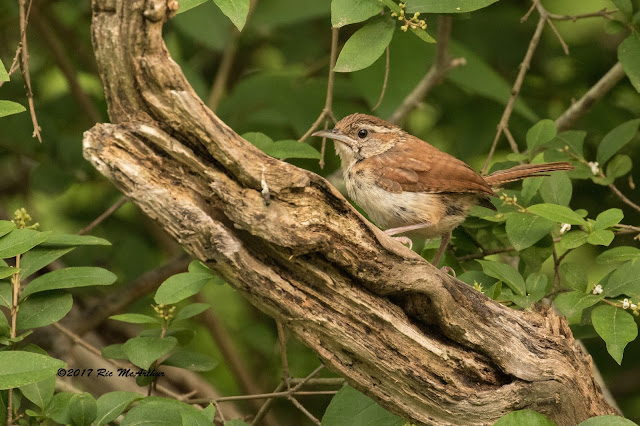Like many birders from southwest Ontario we went to Leamington to see the magnificent frigatebird. Very co-operative, sitting in the same tree it has been seen in for the past two days. A big thank you to the homeowner who is allowing birders on to his property to get stellar views of this rare bird. It has been seen flying and catching fish so, hopefully it will stay a while. We saw one at Rondeau on July 2, 2012, and this one July 1, 2017. Fregata magnificens The male Magnificent Frigatebird abandons its mate and half-grown chick and leaves the breeding colony, presumably to molt and return for another breeding attempt with a different mate. The female cares for the young for over a year. This difference in parental care allows the male to breed each year while the female breeds only every other year. source - https://www.allaboutbirds.org/ …/Magnificent_Fri…/lifehistory










